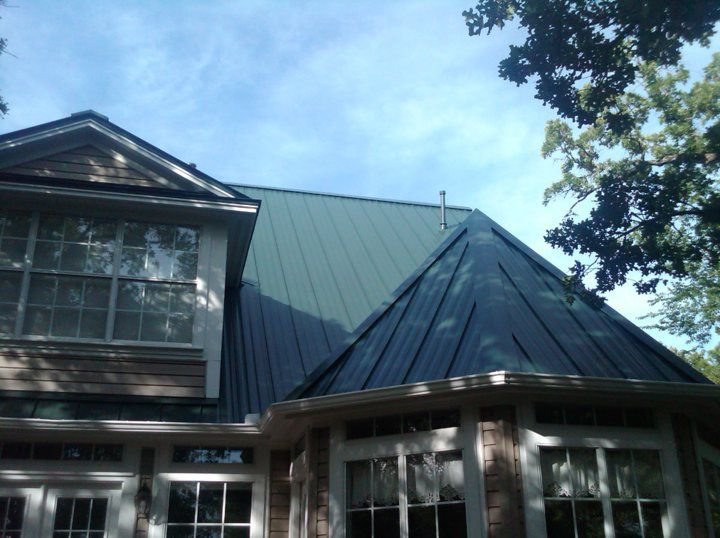Fixing a roof is one of the most expensive projects that can be with an existing house and could cost thousands of dollars. It is certainly a serious matter since it has a direct effect on the safety, comfort, and finances of the building residents. To avoid spending too much on such a structure, it is crucial to learn how to find and identify problems via several warning signs, concerns that could be handled before becoming an even bigger difficulty.
thousands of dollars. It is certainly a serious matter since it has a direct effect on the safety, comfort, and finances of the building residents. To avoid spending too much on such a structure, it is crucial to learn how to find and identify problems via several warning signs, concerns that could be handled before becoming an even bigger difficulty.
On the contrary, it is not also wise to immediately assume that a new roof is the only answer. The most straightforward solution could be to conduct a thorough inspection of the top of the house – or contact an expert in this field for look for any tell-tale signs and advise how to proceed.
Detection Methods
There are two methods on how to spot the red flags indicting that replacement may be needed: inspect the interior and the exterior of the building. Examining the house top and attic space for possible damage should be conducted at least twice a year, preferably in the springtime and the fall as recommended by the National Roofing Contractors Association (NRCA).
Begin by getting a flashlight and going up into the attic space. When that is done, get a ladder and make a simple visual assessment of the exterior roof surface or use binoculars from the ground if access is limited. Another effective method is to call professionals to conduct a detailed inspection.
Possible Indicators
Age is the primary indication of when to replace a building’s upper protective system. While reaching its expected service life, that may be the best time to consider new roofing. There are other potential indicators that could signal when replacement is needed.
- Extensive Shingle Damage – Normally, granulation happens with installation; however, if there is missing or extensive granulation exposing the fiberglass mat, replacement may be the correct step to take. In addition, buckling, curling, blistering, and rotting that is evident with inspection may likewise indicated that it was time to consider calling professionals.
- Water Stains – Ceiling discoloration occurs from water leaks. If not promptly addressed, it could damage and weaken essential structures such as rafters, joists, under-layment, sheathing and trusses. When this warning sign is left unheeded, the entire roofing system could be at risk of collapsing.
- Faulty Installation – External factors other than material also play a critical role in the construction of this protective cover. Faulty design, poor quality materials and installation itself could cause the structure to need to be replaced.
- Insect Infestation – Termites are wood eaters; when they attack an essential structure, something unexpected could happen. If these insects eat wooden trusses and rafters, it could significantly cripple the ability of these structural elements to support the entire upper part of the house. If caught early, the roof and attic could be tented and fumigated to destroy any insect invasion.
If a roof has been damaged by water penetration or insect infestation, it still doesn’t necessary mean that replacement is the only option. Contacting a roofing expert is undoubtedly the wisest choice to make; these experts can provide a detailed assessment of the situation and suggest the best course of action to remedy the problems that have been found. Above all, don’t allow small issued to become big problems; conduct periodic maintenance and address any noted issues before they escalate into major and expensive ones. The correct timing for this is right now – don’t delay any longer!
Does your Houston roof need a good inspection to ensure that it doesn’t need any work? Schulte Roofing of Navasota provides expert service to the greater Houston area and can handle any roofing needs!
